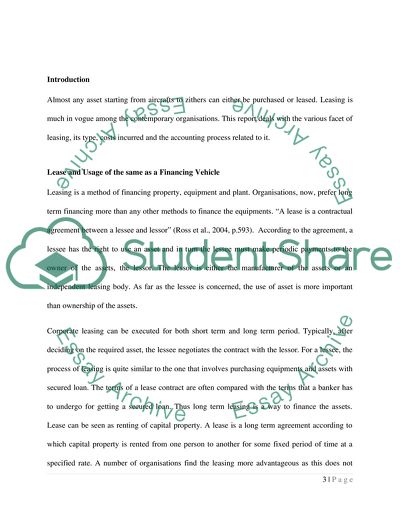Cite this document
(Corporate Leases Research Paper Example | Topics and Well Written Essays - 2000 words, n.d.)
Corporate Leases Research Paper Example | Topics and Well Written Essays - 2000 words. Retrieved from https://studentshare.org/finance-accounting/1742136-corporate-leases
Corporate Leases Research Paper Example | Topics and Well Written Essays - 2000 words. Retrieved from https://studentshare.org/finance-accounting/1742136-corporate-leases
(Corporate Leases Research Paper Example | Topics and Well Written Essays - 2000 Words)
Corporate Leases Research Paper Example | Topics and Well Written Essays - 2000 Words. https://studentshare.org/finance-accounting/1742136-corporate-leases.
Corporate Leases Research Paper Example | Topics and Well Written Essays - 2000 Words. https://studentshare.org/finance-accounting/1742136-corporate-leases.
“Corporate Leases Research Paper Example | Topics and Well Written Essays - 2000 Words”, n.d. https://studentshare.org/finance-accounting/1742136-corporate-leases.


